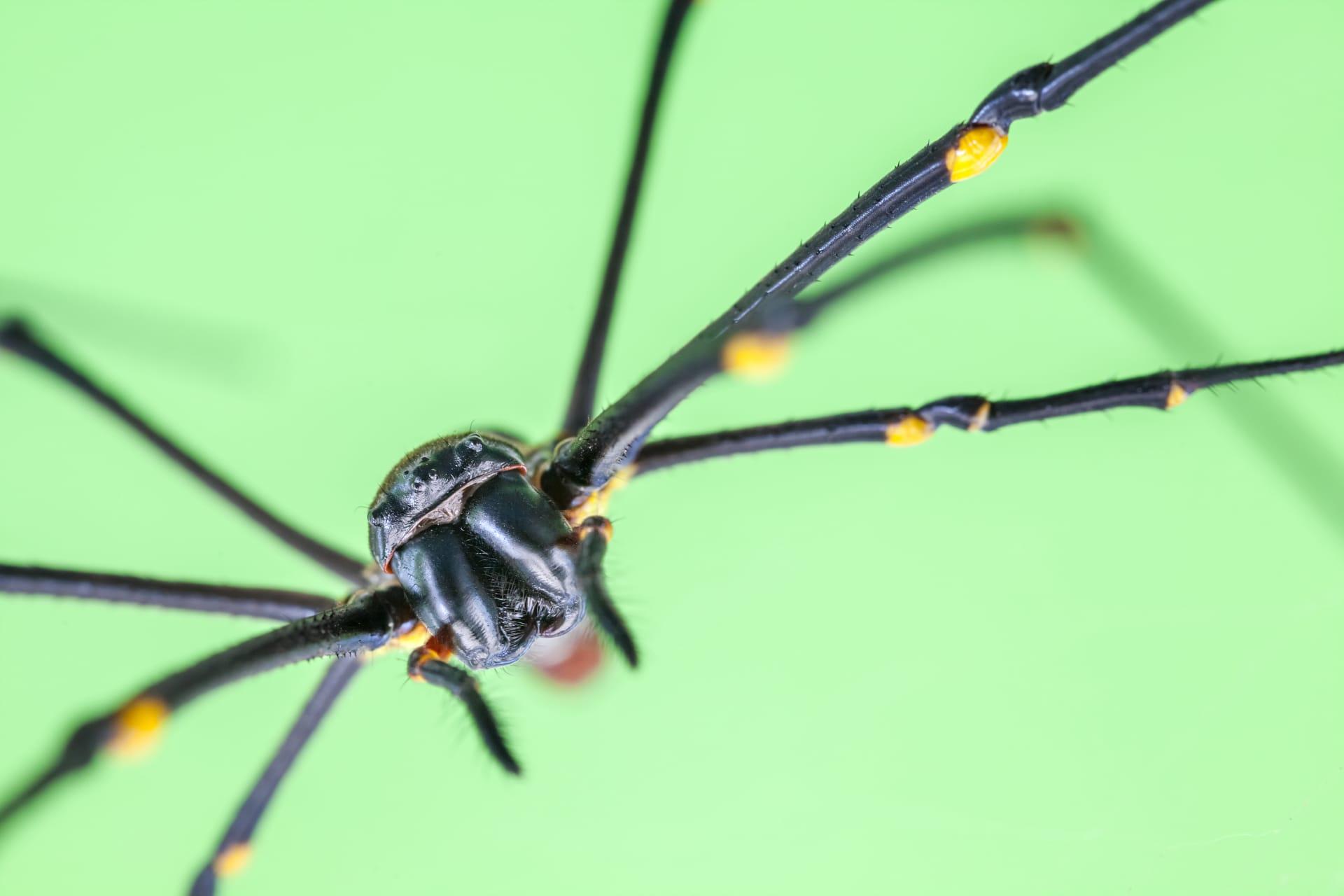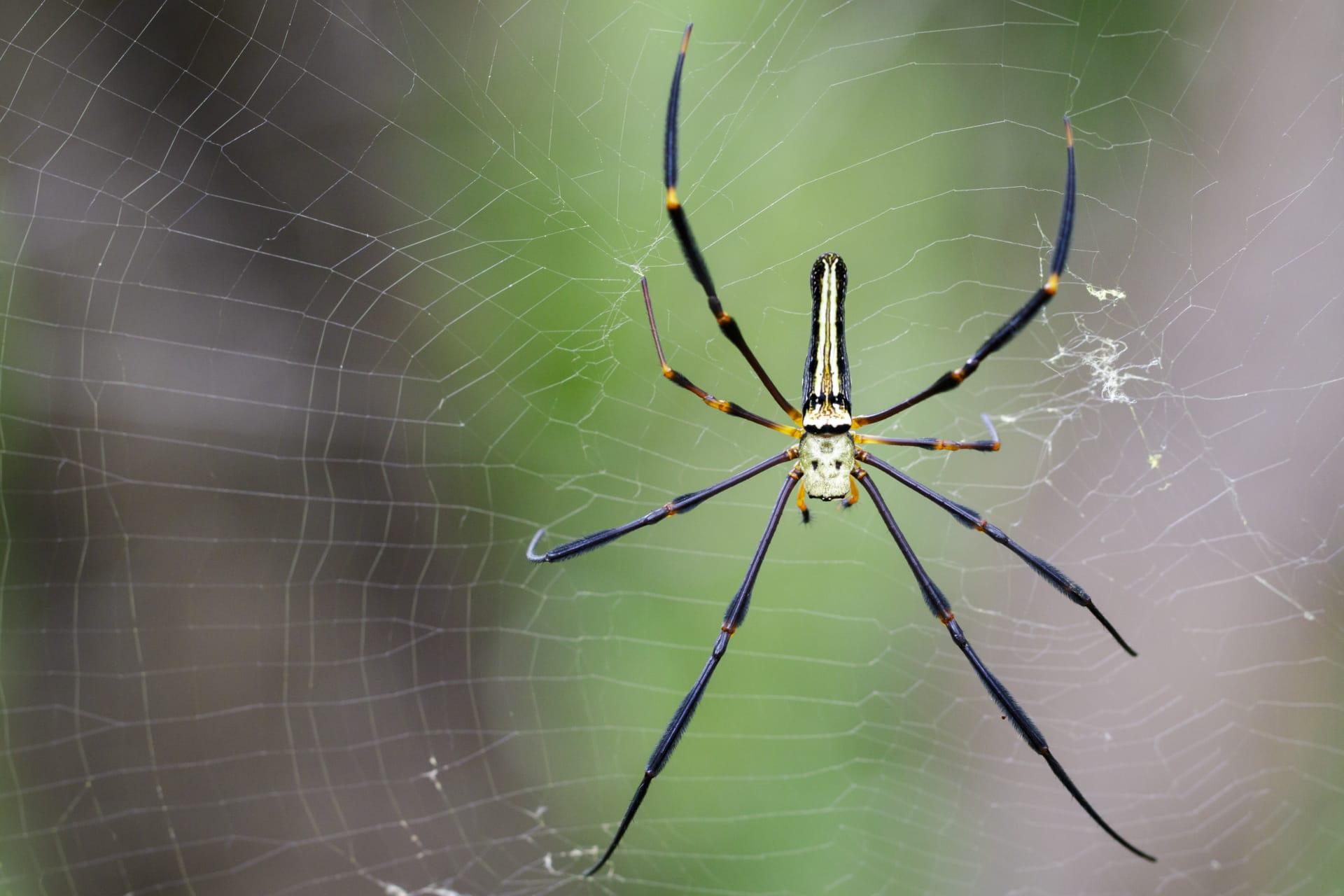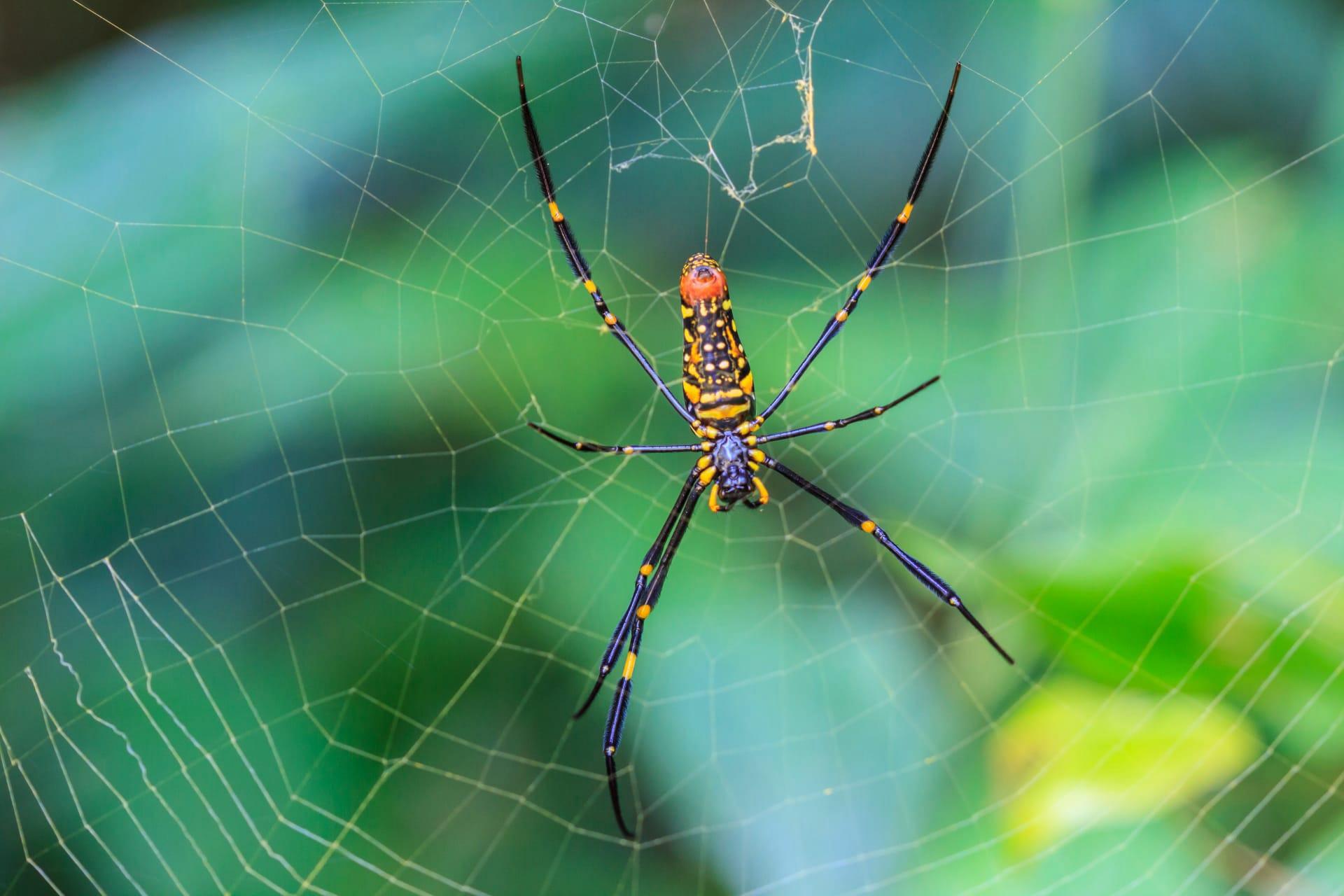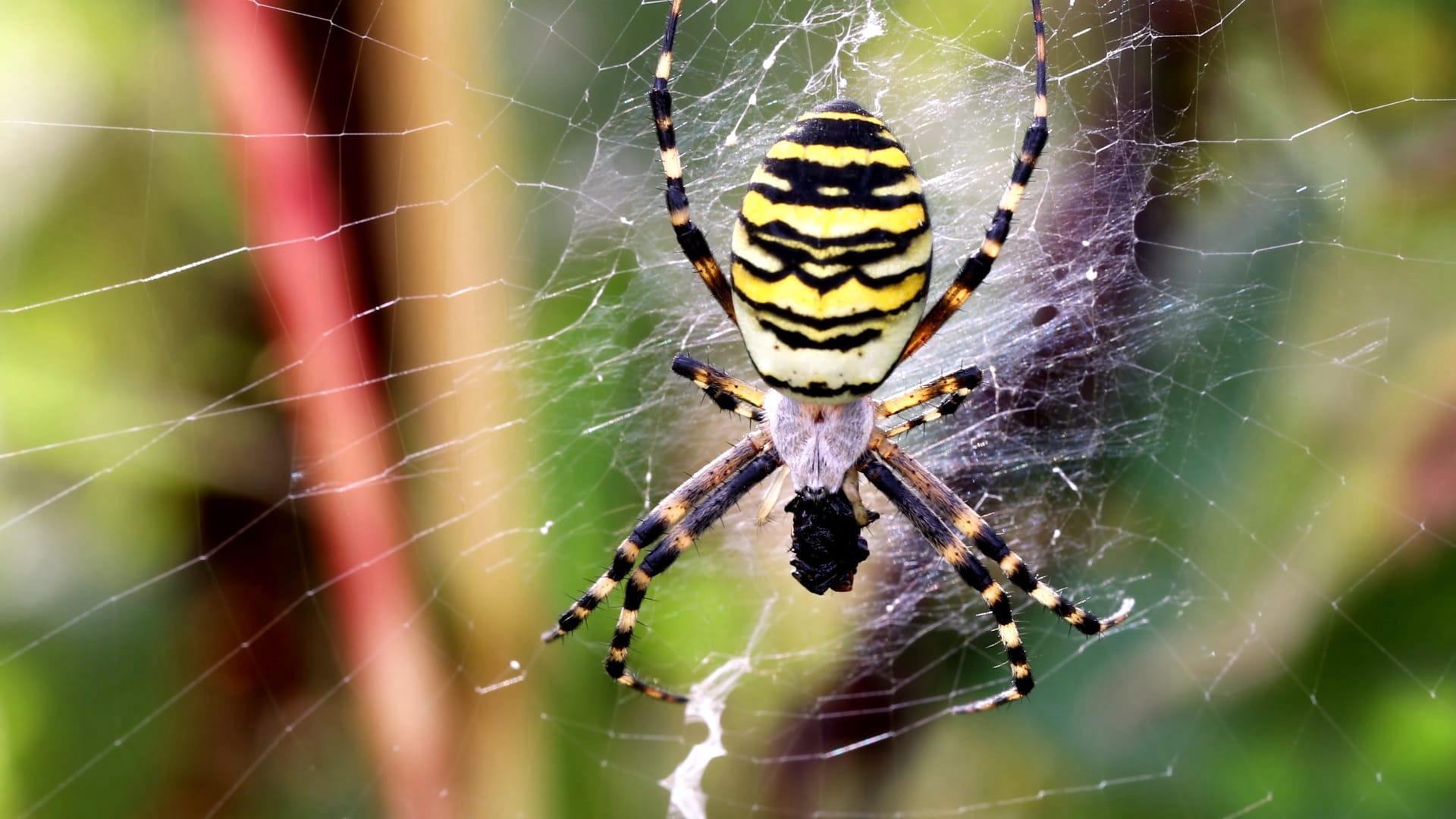Banana Spider Characteristics
- Home /
- Mini Encyclopedia /
- Animal /
- Banana Spider Characteristics
1
Banana spiders, scientifically known as Phoneutria, are a fascinating species renowned for their striking appearance. Adult banana spiders typically measure between 4 to 5 inches in length, including their leg span. Females are larger than males, a common trait in many spider species. These spiders can live for about one to two years, which is relatively short in the spider world. Their most distinct physical feature is their coloration, usually exhibiting a blend of bright yellow, black, and sometimes red hues on their abdomen, which helps them camouflage in their natural habitat.
One of the most remarkable organs of the banana spider is its venom glands. Banana spiders possess potent neurotoxic venom, which they use to immobilize their prey. This venom is a complex cocktail of toxins, including serotonin, which is responsible for the intense pain humans feel when bitten. Although their venom is highly toxic to their prey, typically small insects and other spiders, it is usually not lethal to humans. However, a bite can cause significant discomfort and medical attention is advised in such cases.

2
Question: Are banana spiders dangerous to humans?
Answer: While banana spiders are venomous, they are generally not considered a significant threat to humans. Their venom contains a mix of neurotoxins and other compounds, designed to paralyze small prey quickly. In humans, a bite can result in symptoms like pain, redness, and swelling at the bite site, but these symptoms are typically temporary and rarely result in serious medical problems. It's important to note that banana spiders are not aggressive towards humans and bites are uncommon. They usually occur only when the spider is provoked or accidentally disturbed.

3
Banana spiders exhibit fascinating movement characteristics. They are known for their agility and speed, especially when hunting. These spiders can move rapidly when chasing prey or escaping predators. Their movement is also characterized by their ability to skillfully navigate their intricate web structures, which they use for trapping prey.
When it comes to feeding, banana spiders have a unique approach. They primarily feed on insects and sometimes small vertebrates. They use their venom to immobilize prey caught in their webs. Once immobilized, the spider injects digestive enzymes into the prey to liquefy its internal tissues, making it easier to consume. This method of feeding allows them to extract maximum nutrition from their prey.

4
Banana spiders thrive in warm, tropical environments. They are commonly found in Central and South American rainforests, where they inhabit plants and trees. Their web placement is strategic, often constructed between trees or plants in areas frequented by their prey. The humid and dense vegetation provides an ideal habitat for them, offering both ample food supply and protection from predators.
The reproduction process of banana spiders is intriguing. Females lay egg sacs containing up to 1,000 eggs. These sacs are vigilantly guarded by the female until they hatch. The spiderlings are independent from birth and disperse quickly to avoid cannibalism, a common occurrence in many spider species. The reproductive cycle and high number of offspring per batch ensure the survival and continuity of the species in their natural habitat.

5
Book: "Spiders of the World" by Norman Platnick and César Barrio-Amorós. This comprehensive guide, published in 2020, offers an in-depth look into various spider species, including the banana spider. The authors, renowned arachnologists, provide detailed insights into the biology, behavior, and distribution of spiders, with specific sections dedicated to the intriguing world of banana spiders.
Book: "The Secret Life of Spiders" by Paul Hillyard. Published in 1994, this book delves into the mysterious and often misunderstood world of spiders. Hillyard, a spider expert, offers fascinating details about spider behavior, anatomy, and ecology, with a focus on species like the banana spider. The book serves as an engaging and informative read for anyone keen on understanding these complex creatures.